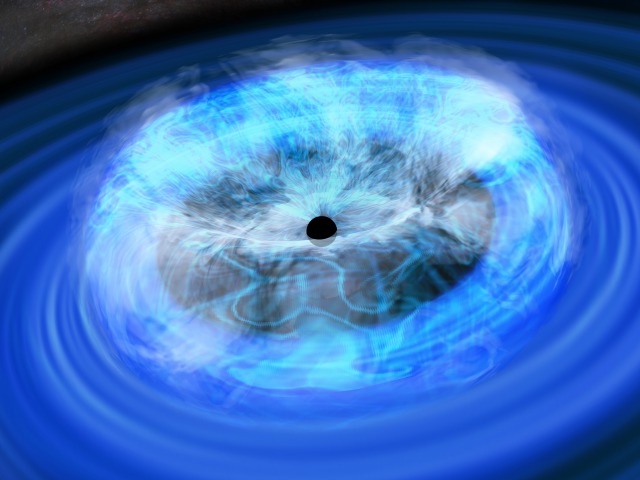- Indico style
- Indico style - inline minutes
- Indico style - numbered
- Indico style - numbered + minutes
- Indico Weeks View
Revealing the Nature of Supermassive Black Hole Coronae with Synergy of XRISM and ALMA
→
Asia/Tokyo
セミナー室6E+F (Osaka University Nakanoshima Center)
セミナー室6E+F
Osaka University Nakanoshima Center
〒530-0005 大阪市北区中之島4-3-53
, , ,
Description
会議趣旨
降着円盤コロナとは、コンパクト天体に付随する降着円盤周囲に存在する極めて高温(約100億度)のプラズマ領域です。40年以上前に降着円盤コロナの存在が提唱されて以来、その正体は未だ解明されていません。一方でコンパクト天体近傍の降着現象の理解には、コロナが作る連続成分の解明は必要不可欠です。近年、X線観測や数値計算の進展に加え、ALMAによって近傍活動銀河核におけるコロナからの電波放射が初めて捉えられており、降着円盤コロナ研究は新たな段階に入りつつあります。
本研究会は、特に活動銀河核コロナに着目し、活動銀河核コロナの理解を深化させるための萌芽的研究会として企画しました。研究会では、活動銀河核コロナに関する理論と観測の最新の進展、X線分光撮像衛星XRISMと大型ミリ波サブミリ波干渉計ALMAの連携観測で期待される成果、そしてこの分野における最新の発見や関連研究について議論します。また、参加者同士の自由討論の時間も設け、この分野における重要課題の洗い出しや、新たな観測計画立案の契機となることを目指します。
開催形式
本研究会は対面形式で開催いたします。会場の収容人数に限りがあるため、定員に達し次第、申し込み受付を終了させていただきます。なお、スペースの都合上、ポスター発表は受け付けておりません。
日時
2025年3月10日(月) ~ 12日 (水)
会場
大阪大学中之島センター
招待講師 (五十音順)
- 川島 朋尚 (東京大学宇宙線研究所)
- 川中 宣太 (国立天文台/東京都立大学)
- 川室 太希 (大阪大学)
- 久保田 あや (芝浦工業大学)
- 土居 明広 (宇宙科学研究所)
- 野田 博文 (東北大学)
- 道山 知成 (周南公立大学)
世話人
泉拓磨、井上芳幸、小高裕和、川室太希、道山知成
共催
- 国立天文台
- 大阪大学 フォアフロント研究センター 理論連携研究プロジェクト(TJR)
- 理化学研究所 数理創造プログラム (iTHEMS)

